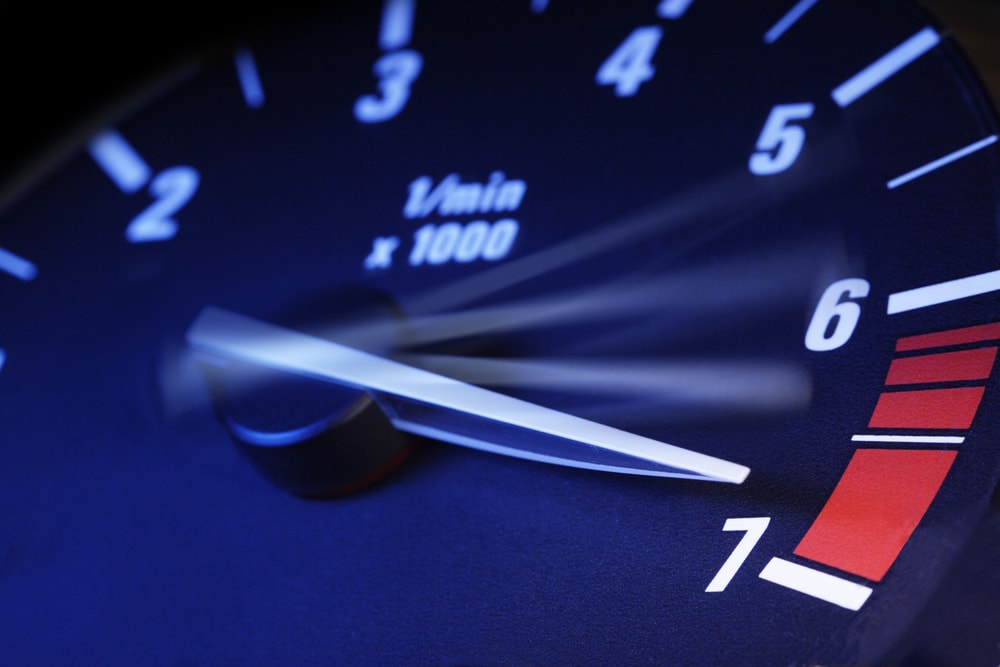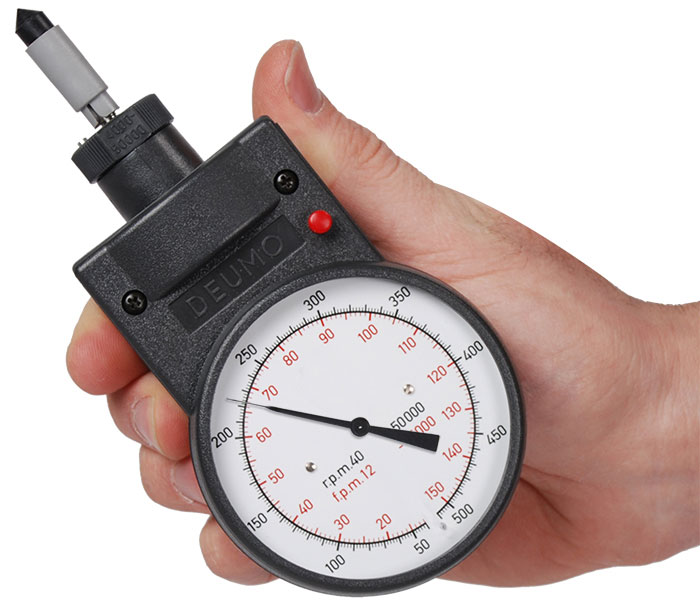Tachometer Essential: Every Little Thing You Need to Know for Accurate Readings
Tachometer Essential: Every Little Thing You Need to Know for Accurate Readings
Blog Article
The Importance of a Tachometer in Checking Engine Rate and Performance in Automotive Applications
In the world of automotive design, the tachometer stands as a crucial tool in the chauffeur's toolbox, providing a straight home window right into the inner workings of an automobile's engine. Past its function as a plain scale of changes per minute (RPM), the tachometer offers as a crucial device for lovers and experts alike, using real-time insights right into engine efficiency and health. Recognizing the relevance of this tool exceeds surface-level monitorings, diving into the elaborate connection in between engine speed, power outcome, and overall driving experience. As we explore the multifaceted function of the tachometer in automobile applications, a much deeper appreciation for its effect on automobile characteristics and efficiency begins to arise.
Value of Keeping An Eye On Engine RPM
Keeping an eye on engine RPM, or transformations per minute, is a critical facet of automobile maintenance and performance assessment. Engine RPM straight correlates with the speed at which the engine's crankshaft turns, suggesting exactly how swiftly the engine is running - tachometer. By checking RPM, mechanics can analyze the health of the engine, spot possible problems, and fine-tune performance. An abnormal RPM reading might indicate issues such as engine misfires, malfunctioning ignition system, or issues with the fuel distribution system. Constantly high RPM analyses can indicate hostile driving habits or the demand for a greater gear shift to improve gas effectiveness.
Moreover, keeping track of engine RPM is essential for performance examination in auto racing and high-performance lorries. Maintaining optimum RPM degrees is important for achieving peak power result and acceleration. Racers frequently make use of tachometers to ensure they are running within the ideal RPM array for optimum efficiency. In summary, monitoring engine RPM is not just crucial for spotting problems however also for optimizing engine efficiency in various automobile applications.

Advantages of Real-Time Information
In vehicle applications, real-time information plays an essential function in supplying instantaneous insights into the performance and condition of the car. By continuously keeping track of various parameters such as engine rate, temperature level, gas usage, and much more, real-time information supplies various advantages that add to enhanced effectiveness and safety when driving.
One significant benefit of real-time data is its capacity to sharp drivers and professionals to any type of anomalies or issues quickly. This positive method makes it possible for fast recognition of potential issues, enabling for timely treatments to stop further damages or break downs. Furthermore, real-time data promotes efficiency optimization by offering immediate responses on driving routines and engine efficiency. Vehicle drivers can adjust their actions in real-time based upon this information to accomplish much look at these guys better gas economic situation and lengthen the lifespan of their automobile.

Furthermore, real-time data plays an essential duty in modern auto diagnostics, enabling specialists to quickly identify and attend to breakdowns. This results in lowered downtime, lower maintenance prices, and inevitably, enhanced general car integrity and long life (tachometer). By utilizing the power of real-time data, automotive stakeholders can make informed decisions that favorably influence both the performance and durability of the car
Effect on Equipment Shifts
The tachometer plays a critical function in enhancing equipment changes by providing real-time engine speed information to the motorist. When approaching the redline on the tachometer, it indicates the motorist to upshift to prevent over-revving the engine and creating potential damage.
Furthermore, the tachometer help in attaining smoother gear shifts, especially in hands-on transmissions. By checking engine rate, vehicle drivers can perform equipment changes at the optimal RPM variety, lowering jerking motions and reducing wear on the transmission components. This accuracy on duty modifications not only improves driving comfort yet additionally contributes to sustain effectiveness.
Enhancing Fuel Efficiency
Given the vital role the tachometer plays in optimizing equipment shifts for efficiency and engine wellness, it directly contributes to optimizing gas effectiveness in automobile applications. By supplying real-time feedback on engine speed, the tachometer aids vehicle drivers in maintaining the most reliable RPM range for fuel economy. When drivers continually keep track of the tachometer and readjust their driving behaviors appropriately, they can stay clear of unnecessary fuel intake caused by over-revving or hauling the engine.
Additionally, the tachometer aids vehicle drivers recognize the most fuel-efficient gear to be in at any given minute, protecting against the engine from working more challenging than necessary. This is particularly crucial during velocity and cruising, where being in the ideal equipment can dramatically impact fuel performance. Additionally, the tachometer can signal vehicle drivers to potential mechanical concerns that could be adversely impacting gas economic situation, such More about the author as a slipping clutch or a stopped up air filter. Finally, the tachometer serves as an important device in boosting gas performance by promoting ideal driving behaviors and identifying areas for enhancement in the automobile's performance.

Optimizing Engine Longevity
The tachometer's duty in checking engine speed and efficiency is instrumental in ensuring the durability of vehicle engines. Keeping track of the tachometer allows motorists to remain within the advised RPM range for their vehicle, preventing unneeded strain on the engine and prolonging its lifespan.

Conclusion
Finally, the tachometer plays a critical duty in checking engine speed and performance in vehicle applications. By supplying real-time information on RPM, it permits reliable equipment shifts, boosted gas performance, and made best use of engine durability. This tool is vital for preserving optimal engine efficiency and making sure the general capability of a lorry.
Report this page